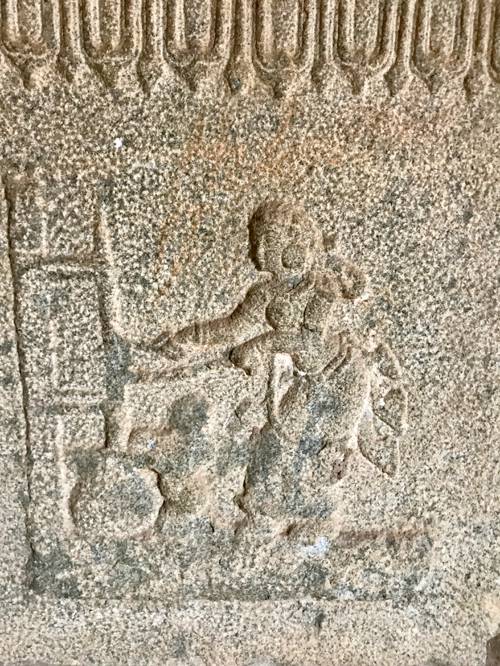
FAQ About The Impact of Cultural Semiotics on Media Representation

What is cultural semiotics?
Cultural semiotics is the study of signs, symbols, and their use or interpretation within particular cultures. It examines how meaning is created and communicated through cultural symbols and what impact these meanings have within and across societies.

How do symbols affect media representation?
Symbols in media act as shorthand for complex ideas and emotions. They influence media representation by shaping narratives that define cultural identities and values. By using culturally recognized symbols, the media can quickly convey messages that resonate with audiences, affecting perceptions and narratives.

What are some examples of cultural symbols used in media?
Cultural symbols in media include flags, religious icons, traditional dress, linguistic phrases, and historical references. For example, a dove often symbolizes peace, whereas a national flag may invoke a sense of patriotism.

How do cultural signs impact global media audiences?
Cultural signs impact global media audiences by conveying familiar or new ideas through recognized symbols. These signs can unify global audiences by highlighting shared values or cause misunderstanding if symbols are misinterpreted across different cultures. The global impact often depends on the context in which signs and symbols are used.

Why is the study of cultural semiotics important in media?
Studying cultural semiotics is important because it helps media producers and consumers understand how meaning is constructed and conveyed. It allows them to recognize biases, avoid cultural misrepresentation, and appreciate the depth of cultural identities portrayed in media.

How can cultural semiotics lead to stereotypes in media?
Cultural semiotics can lead to stereotypes when media representations rely on oversimplified symbols to depict complex cultural identities. This can result in misleading generalizations that fail to capture the diversity within cultures, reinforcing stereotypes rather than breaking them.

What role does audience interpretation play in cultural semiotics?
Audience interpretation is crucial in cultural semiotics. Different audiences may interpret the same symbols differently based on their cultural background and personal experiences. This subjective interpretation can alter the intended meaning of media representations, making understanding audience perspectives essential.

How do cultural narratives differ across media platforms?
Cultural narratives can differ significantly across media platforms due to varying audiences, formats, and purposes. For instance, social media might promote user-generated content that reflects diverse cultural views, while television might present more cohesive, editorially controlled narratives.

Can cultural semiotics change over time in media?
Yes, cultural semiotics can evolve as societies change and adapt. As new symbols gain relevance and old ones lose meaning, media representations update to reflect these societal shifts, ensuring narratives remain relevant to contemporary audiences.

How can media consumers be more critical of cultural semiotics in media?
Media consumers can be more critical by educating themselves about cultural symbols and their meanings. By questioning the representation and underlying messages in media, consumers can develop a deeper understanding of the narratives portrayed and their implications on cultural identities.

What impact do cross-cultural signs have on media representation?
Cross-cultural signs can have both positive and negative impacts on media representation. They can foster cross-cultural understanding and appreciation when used appropriately but may lead to misinterpretation and cultural appropriation if not handled sensitively.

How do semiotics relate to advertising in media?
Semiotics in advertising involves the strategic use of signs and symbols to convey messages quickly and effectively. Brands often utilize cultural symbols to create connections with their target audience, invoking emotions and cultural values to influence purchasing decisions.

What challenges do media creators face with cultural semiotics?
Media creators face challenges such as accurately representing diverse cultures, avoiding stereotypes, and understanding the nuanced meanings of cultural symbols. Balancing creative expression with cultural sensitivity and awareness is a significant challenge in media production.

How does cultural semiotics influence news media?
Cultural semiotics influences news media by shaping how stories are presented and interpreted. The choice of symbols and language can affect public perception, either reinforcing cultural narratives or challenging them through alternative storytelling methods.

Are there ethical considerations in using cultural symbols in media?
Yes, ethical considerations include respecting cultural heritage, avoiding stereotypes, and seeking permission or guidance when using indigenous or sensitive cultural symbols. Media producers should aim to represent cultures authentically and respectfully to avoid misappropriation or misrepresentation.

What are the benefits of understanding cultural semiotics in media studies?
Understanding cultural semiotics in media studies helps students and professionals analyze media content more critically. It enables them to deconstruct narratives, recognize biases, and develop more inclusive and accurate representations of diverse cultures.

How do globalization trends affect cultural semiotics in media?
Globalization trends can dilute or homogenize cultural symbols, making them more universally recognizable but potentially less meaningful in their original context. Media representations might prioritize universal themes at the expense of unique cultural narratives to appeal to a broader audience.

Can cultural semiotics help in promoting cultural diversity?
Cultural semiotics can promote cultural diversity by highlighting unique cultural symbols and narratives. When media represents diverse cultures accurately and respectfully, it fosters greater understanding and appreciation among audiences from different backgrounds.

How do cultural symbols reinforce power dynamics in media?
Cultural symbols can reinforce power dynamics by perpetuating dominant cultural narratives while marginalizing others. Media that prioritize certain symbols can inadvertently uphold the status quo, influencing how audiences perceive cultural hierarchies and identities.

What is the role of cultural context in semiotics and media?
Cultural context is crucial in semiotics as it helps determine the meaning and significance of symbols. Media representations need to consider cultural contexts to ensure that their narratives are accurately and meaningfully conveyed to diverse audiences.
